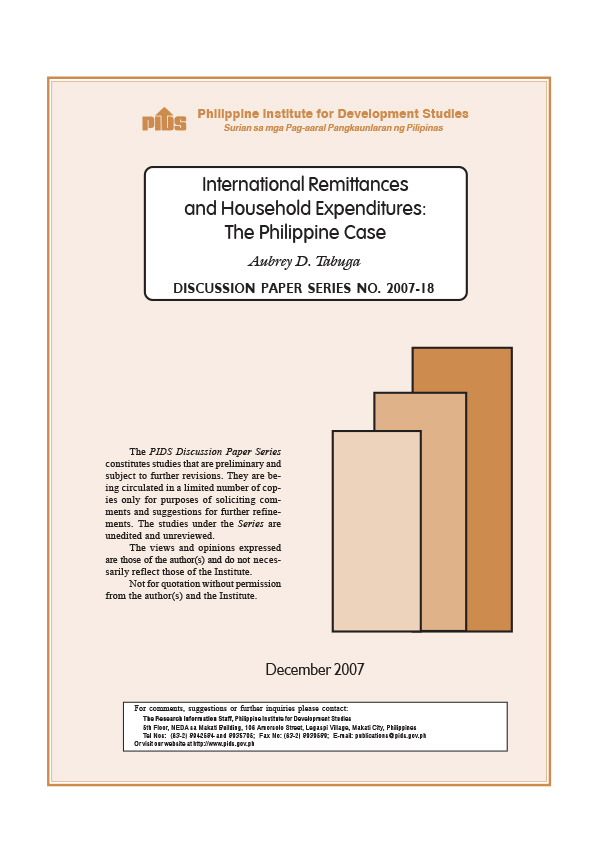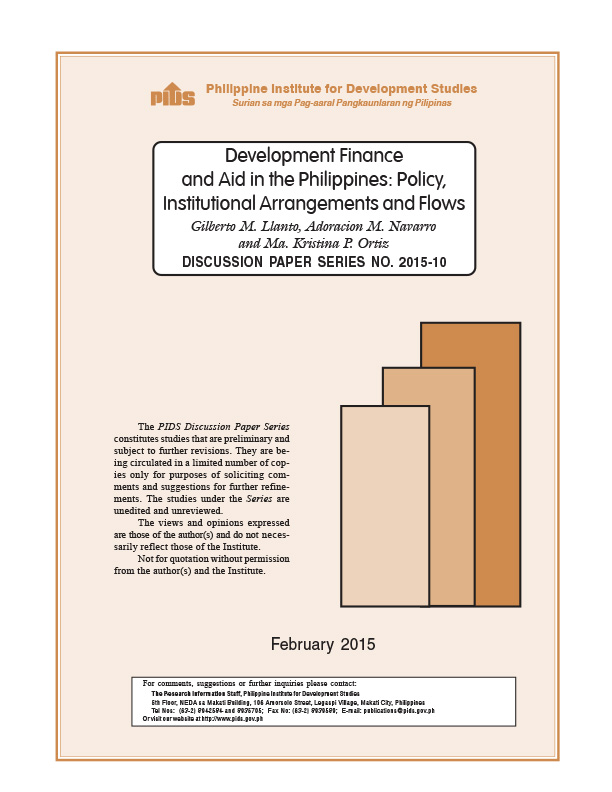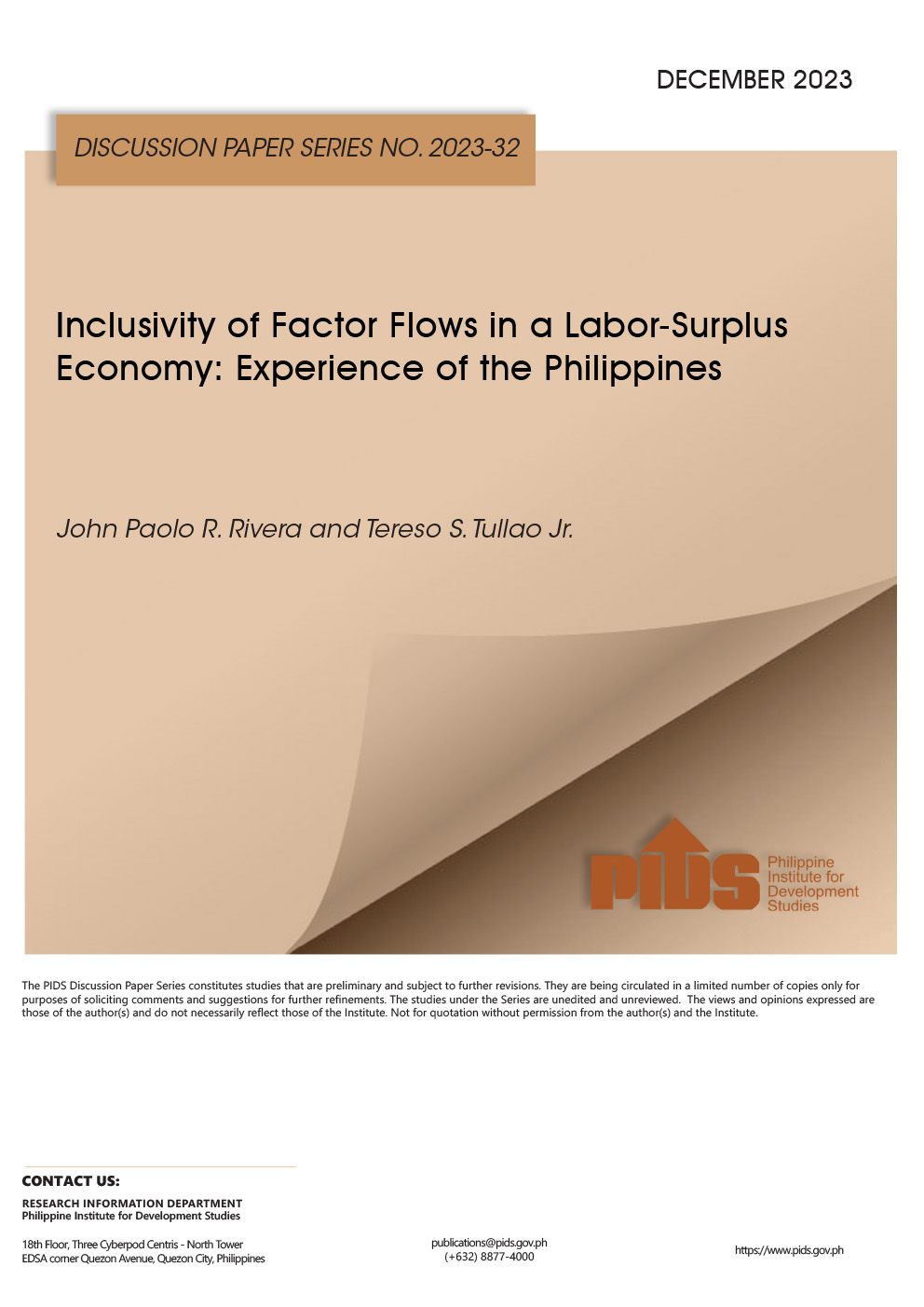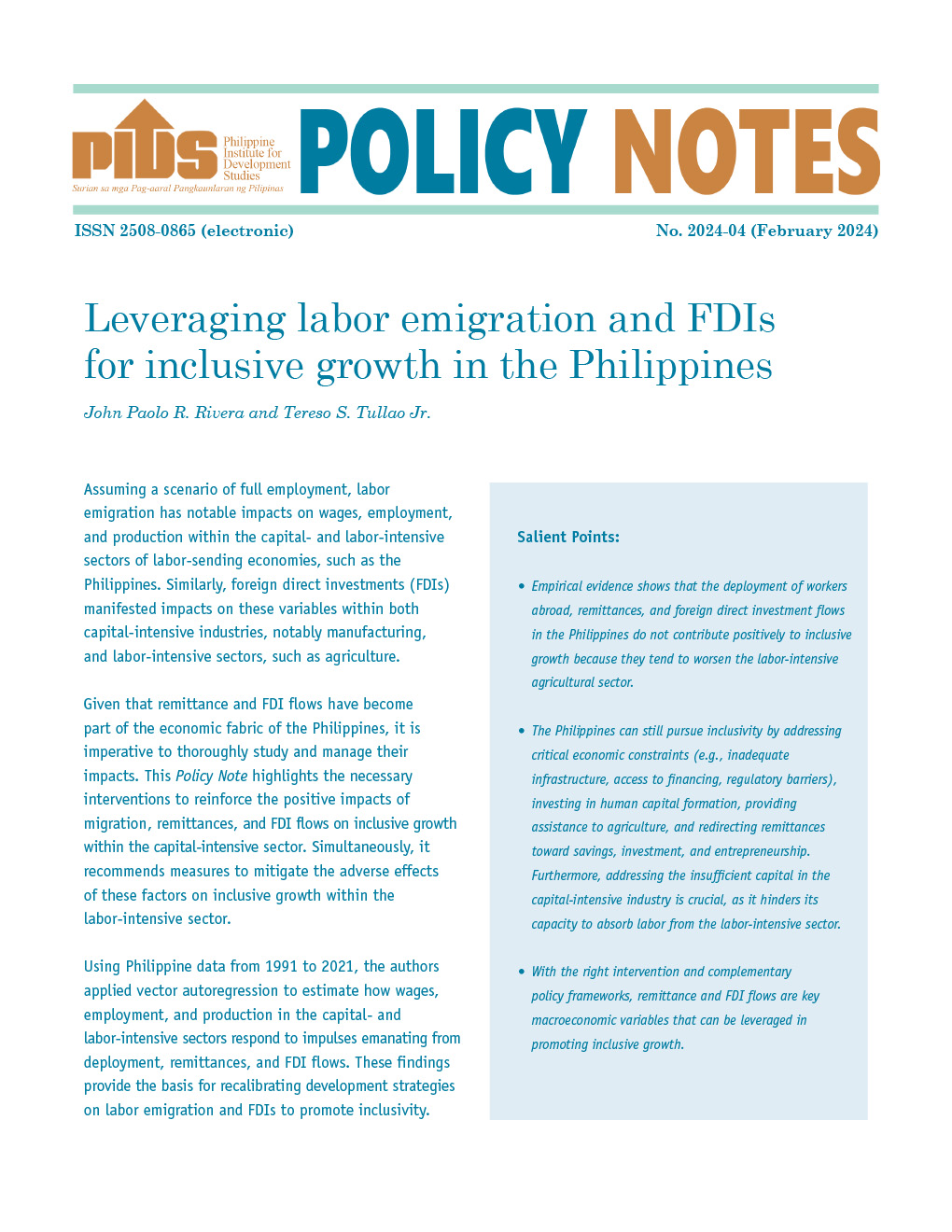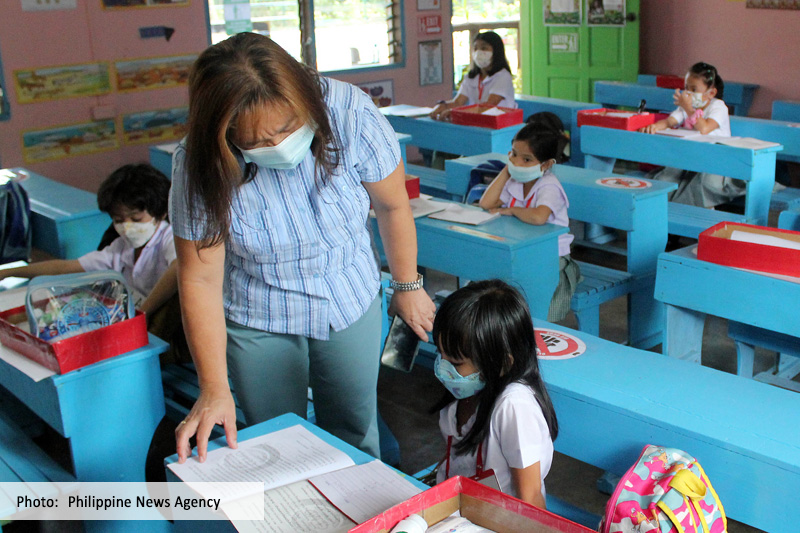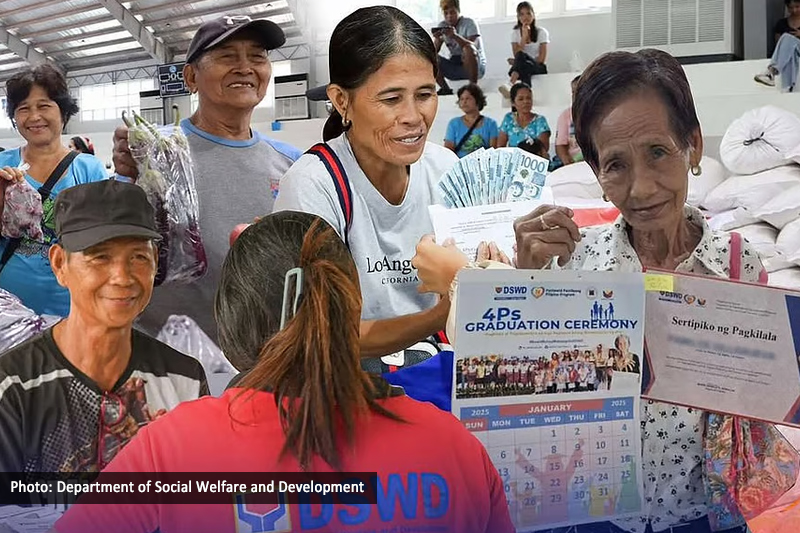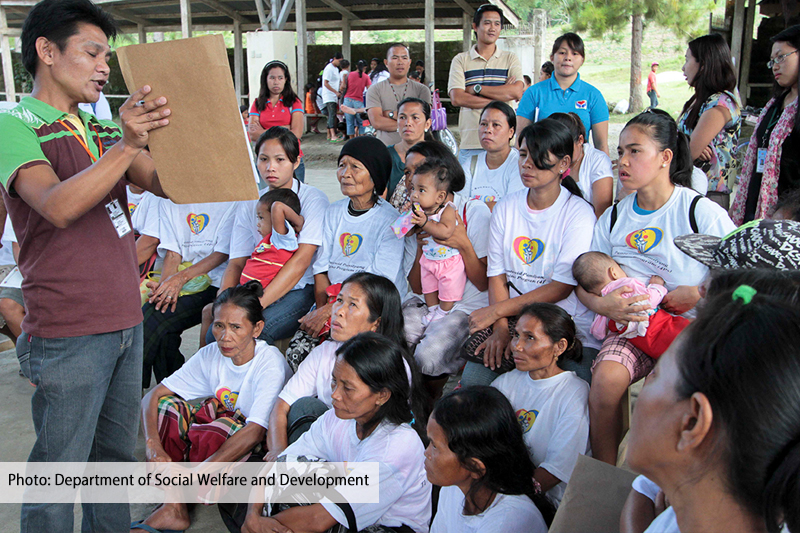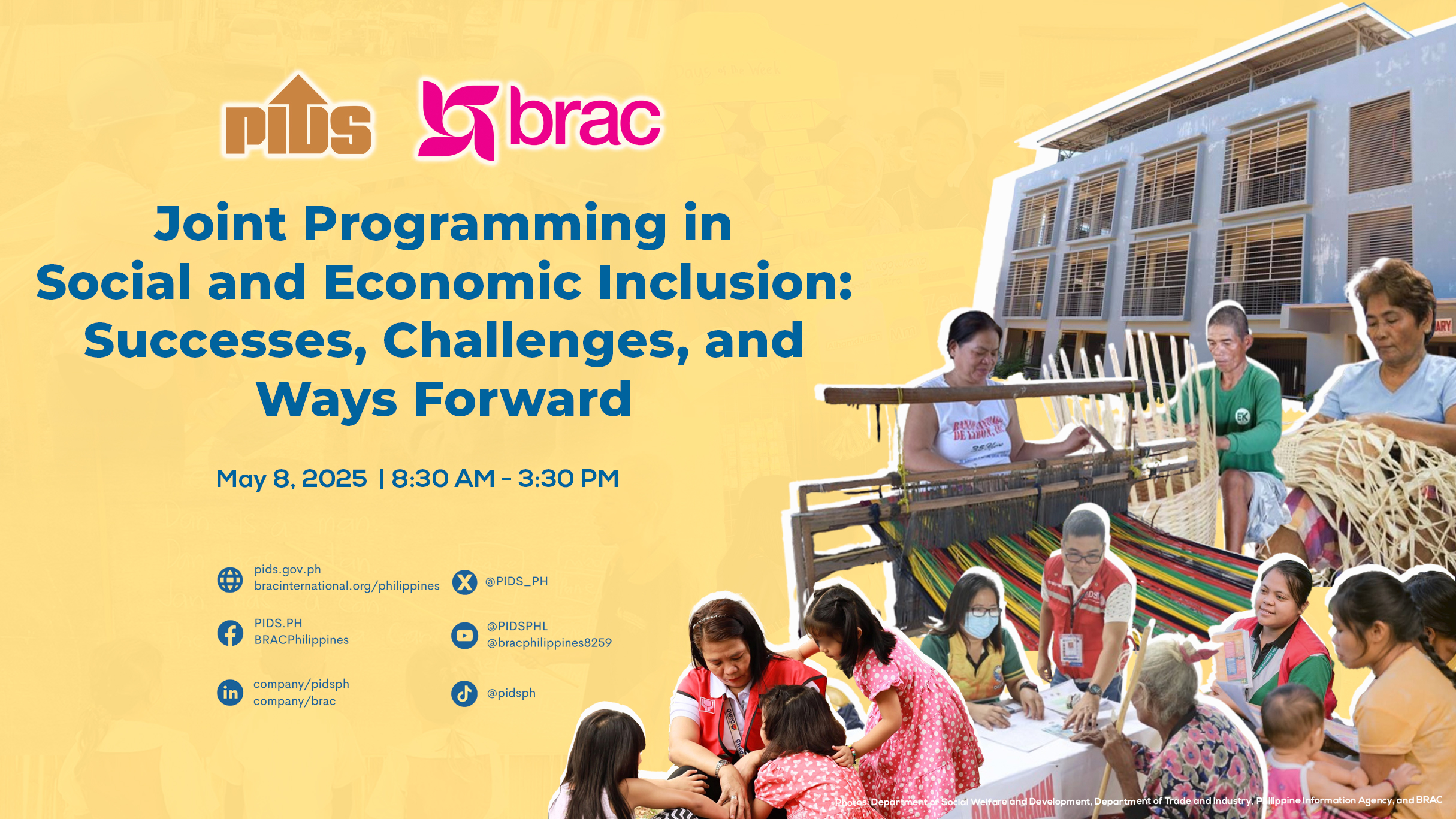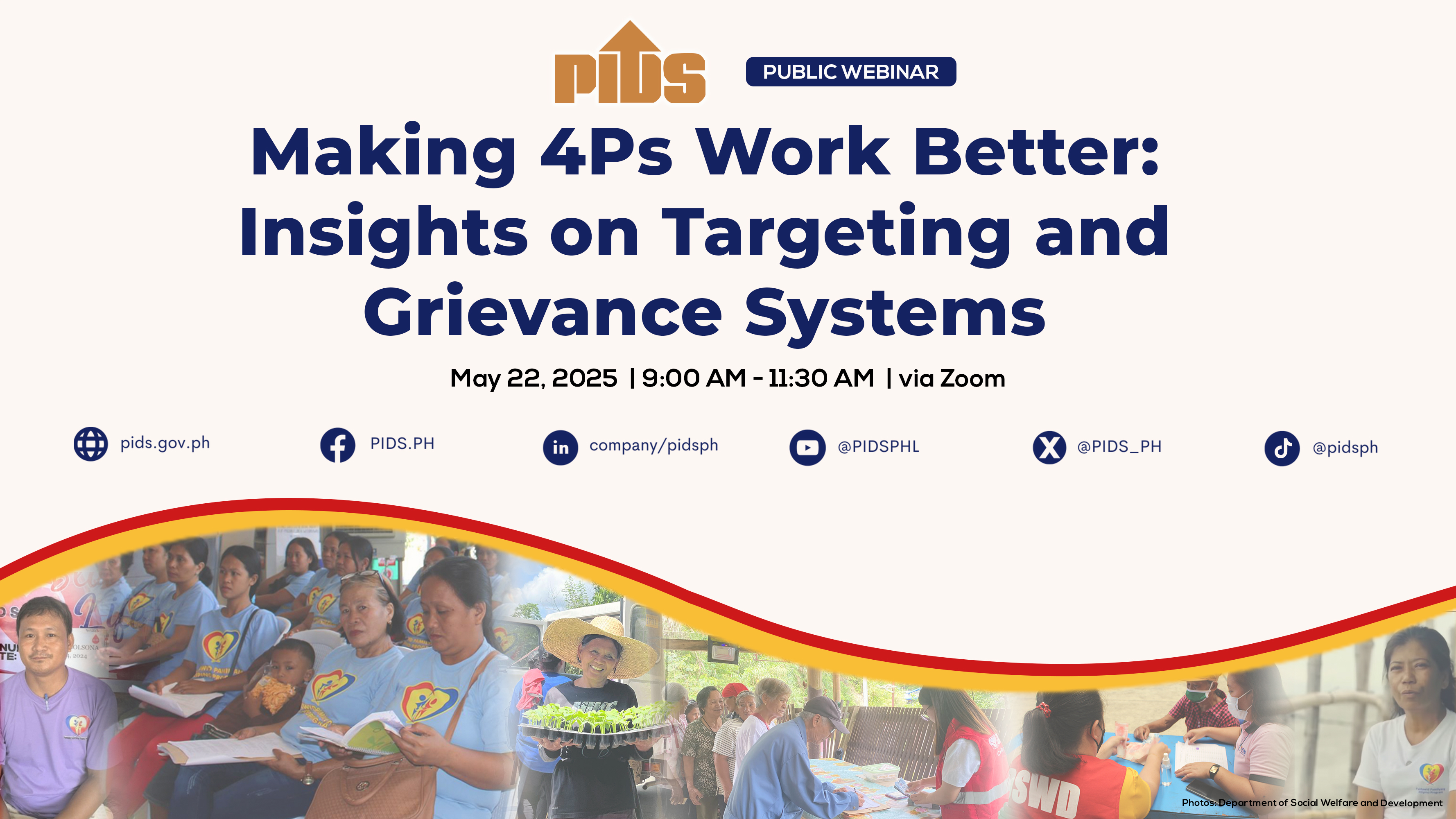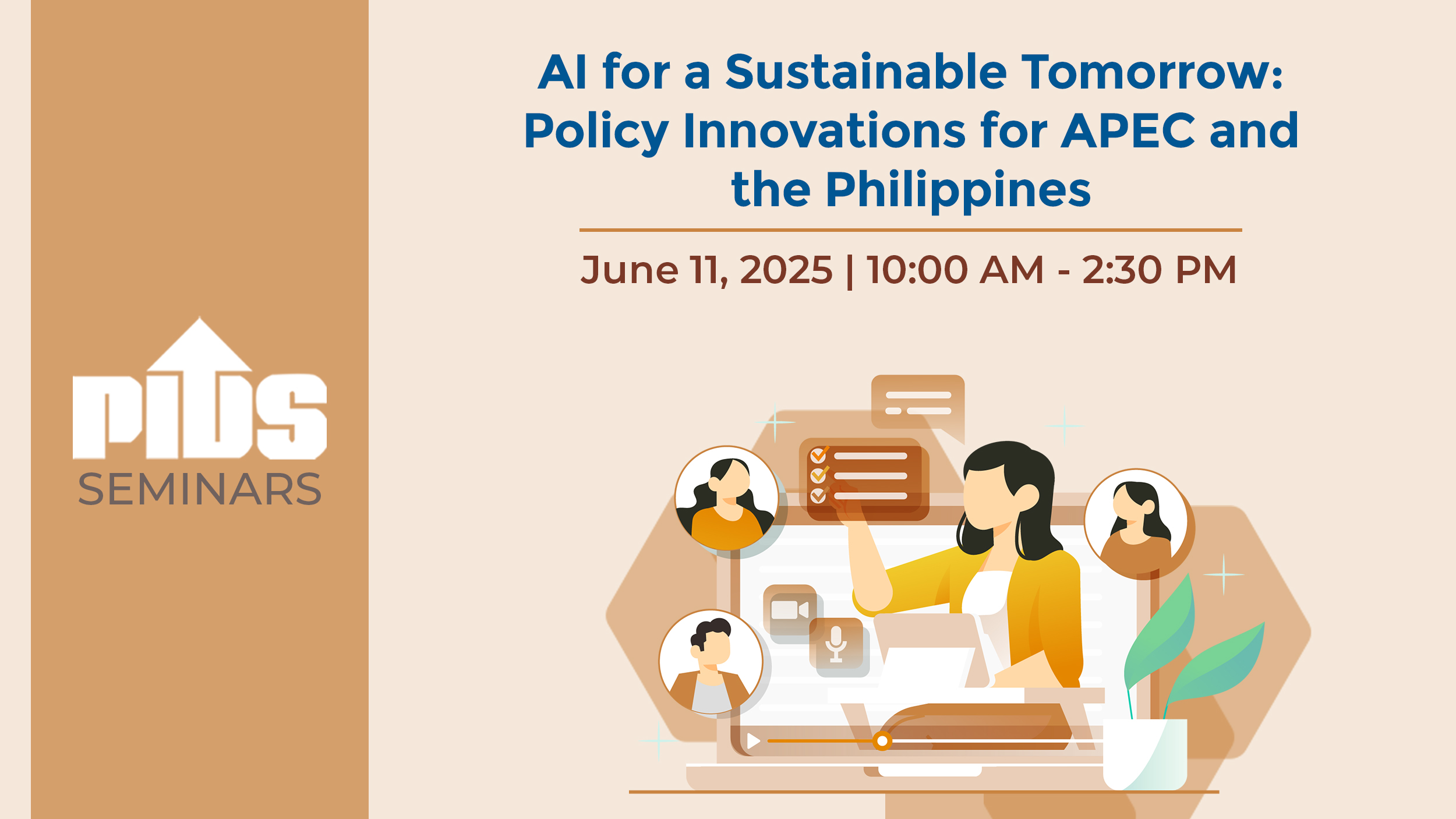This paper examines the general relationship between remittances and household expenditures in the Philippines by doing a cross-sectional analysis of the 2003 Family Income and Expenditure Survey (FIES). Unlike past research works, it provides a comprehensive overview of the effect of remittance on spending behavior by looking not only at common categories like food, education, and housing but also vices like tobacco and alcohol. It addresses some methodological issues in examining remittance effects. These are the presence of zero expenditures, heterogeneity of the nationally representative sample, and inaccuracy of the FIES data on remittance. Zero expenditures were taken into account by using the censored Tobit model while heterogeneity was addressed by employing the Quantile Regression technique. Also, the FIES data on remittances was corrected by excluding the investment and pension components from the original remittance data used by past studies to arrive at more accurate estimate of remittances sent by family members working abroad and its effects. The study found that while there are evidences that households receiving remittances tend to consume more conspicuously on consumer items, they also invest more on education, housing, medical care, and durable goods. There is no clear relationship though between remittances and tobacco and alcohol.
Citations
This publication has been cited 14 times
- Adelowokan, Oluwaseyi et. al. 2020. . MPRA Paper 98362. University Library of Munich, Germany.
- Barrios, Erniel B. and Christian D. Mina. 2009. . Discussion Papers DP 2009-29. Philippine Institute for Development Studies.
- Barrios, Erniel B. and Christian D. Mina. 2013. . Philippine Journal of Development PJD 2010, 37, no. 2d. Philippine Institute for Development Studies.
- Berloffa, Gabriella and Sara Giunti. 2017. . DEM Working Papers 2017/12. Department of Economics and Management.
- Francisco, Kris A. and Makoto Tanaka. 2019. . Economics of Education Review, 3(C). Elsevier.
- Kuntsevych, Iuliia. 2017. . CERGE-EI Working Papers wp590. The Center for Economic Research and Graduate Education - Economics Institute, Prague.
- Kuntsevych, Iuliia. 2017. . CERGE-EI Working Papers wp583. The Center for Economic Research and Graduate Education - Economics Institute, Prague.
- McDonald, James Ted and M. Rebecca Valenzuela. 2009. . Social and Economic Dimensions of an Aging Population Research Papers 242. McMaster University.
- Racelis, Rachel H., Michael R.M. Abrigo, and J.M. Ian Salas. 2015. . The Journal of the Economics of Ageing, 5(C), 69-78. Elsevier.
- Randazzo, Teresa and Matloob Piracha. 2019. . Economic Modelling, 79(C), 141-153. Elsevier.
- Randazzo, Teresa and Matloob Piracha. 2014. . IZA Discussion Papers 8106. Institute of Labor Economics (IZA).
- Thapa, Sridhar and Sanjaya Acharya. 2017. . Economies, 5, no. 2, 1-17. MDPI.
- Yap, Josef T.. 2008. . Development Economics Working Papers 22703. East Asian Bureau of Economic Research.
- Yap, Josef T. . 2010. . Managing Capital Flows, chapter 13. Edward Elgar Publishing.

